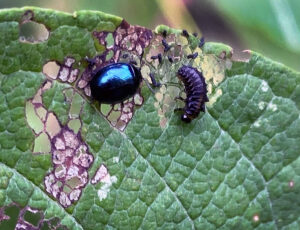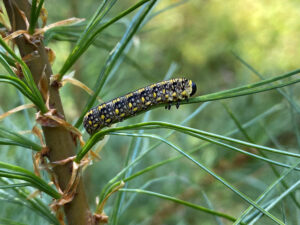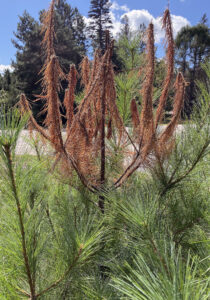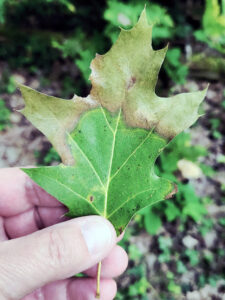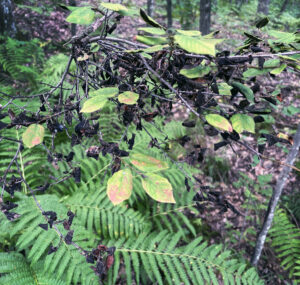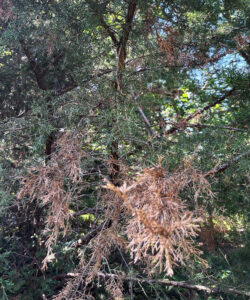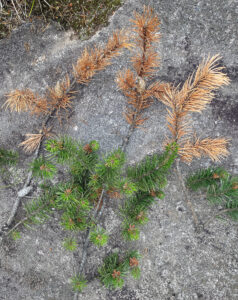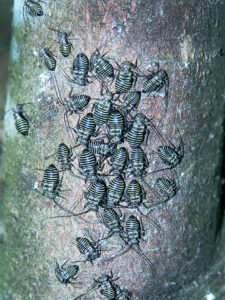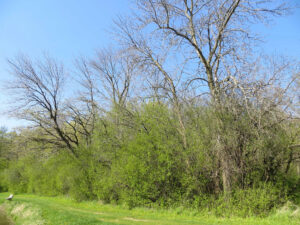By Wisconsin DNR
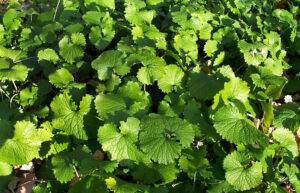
Rosettes on a garlic mustard plant. / Photo Credit: Wisconsin DNR
As temperatures begin to fall the leaves of many plants and trees have begun to change color. Some trees in the northern part of the state have already started to drop their leaves.
The Wisconsin Department of Natural Resources (DNR) reminds the public that fall is more than a great time to enjoy the changing hues in the woods. It also presents a good opportunity to spot the invasive plants persisting among the native plants and trees.
Continue reading “Autumn Is A Great Time To Treat Invasive Plants”

